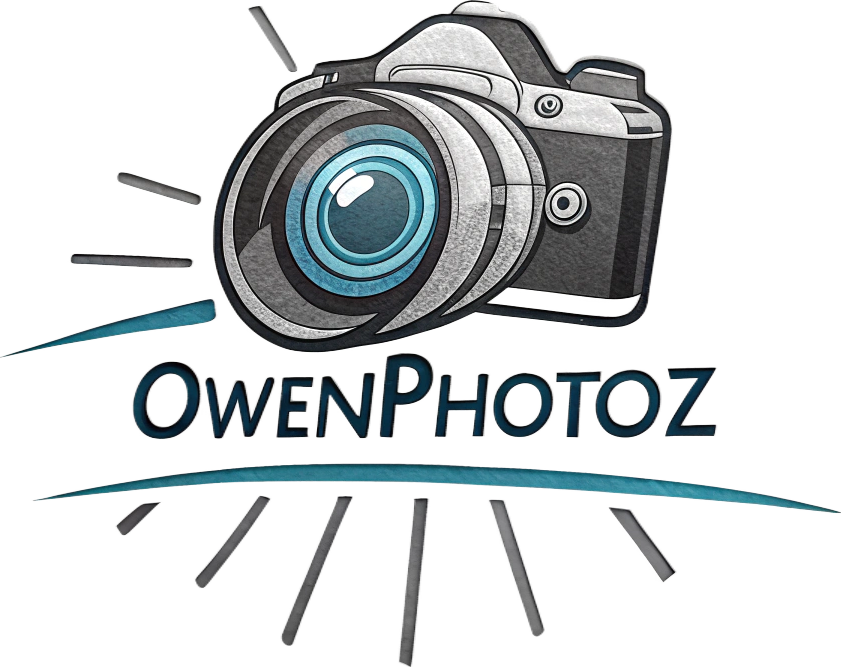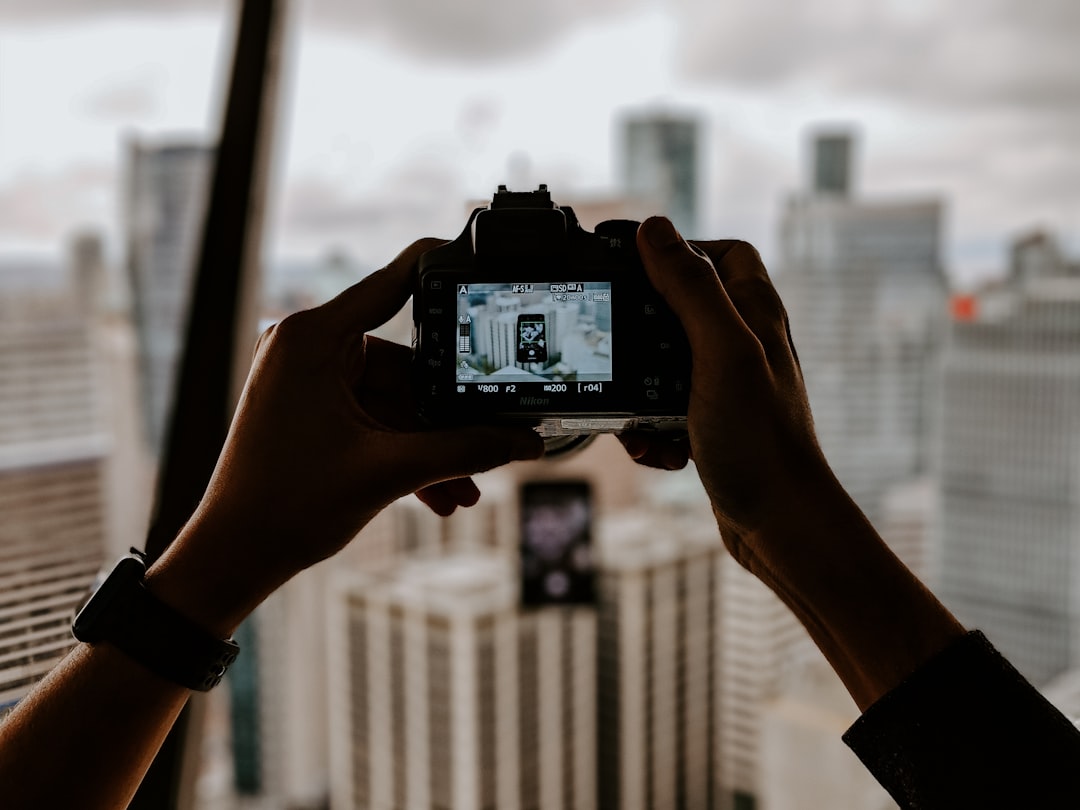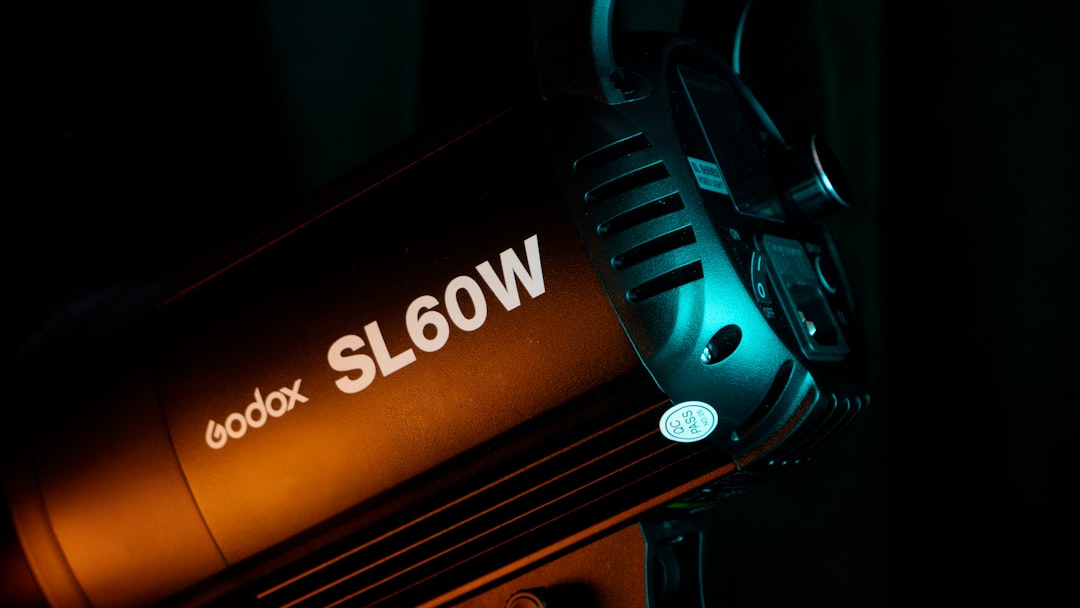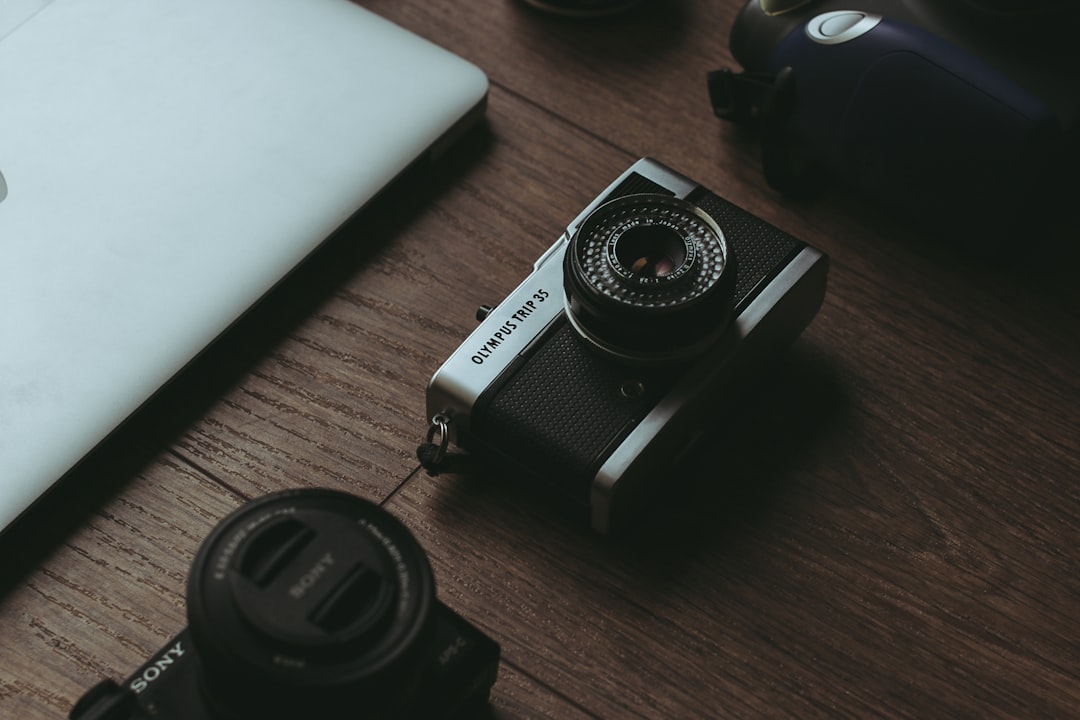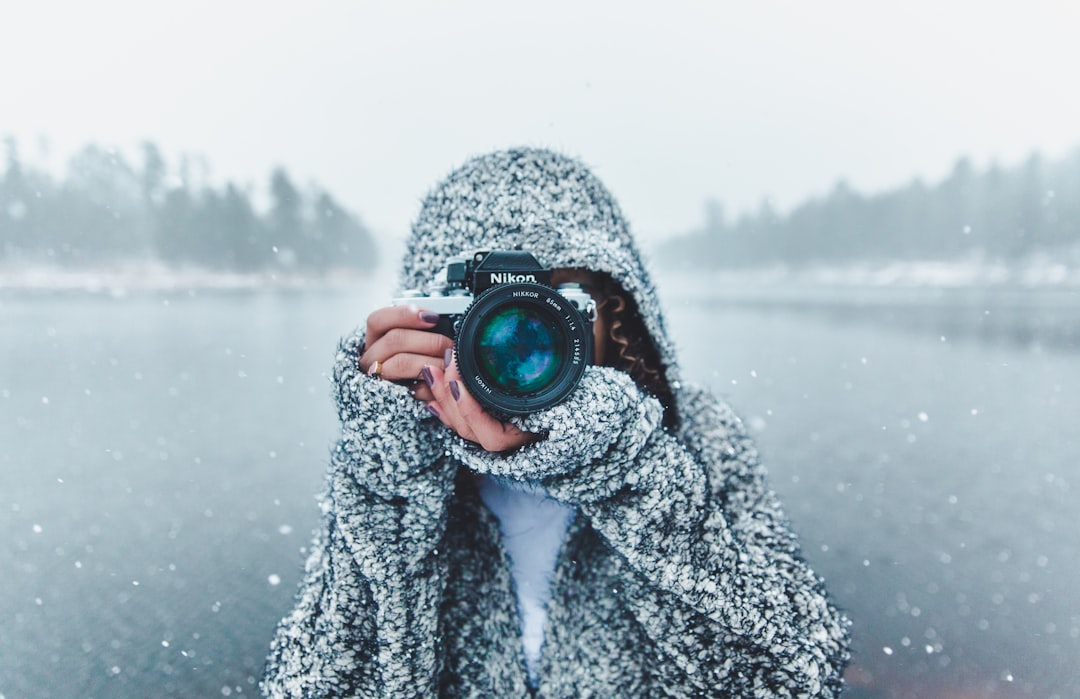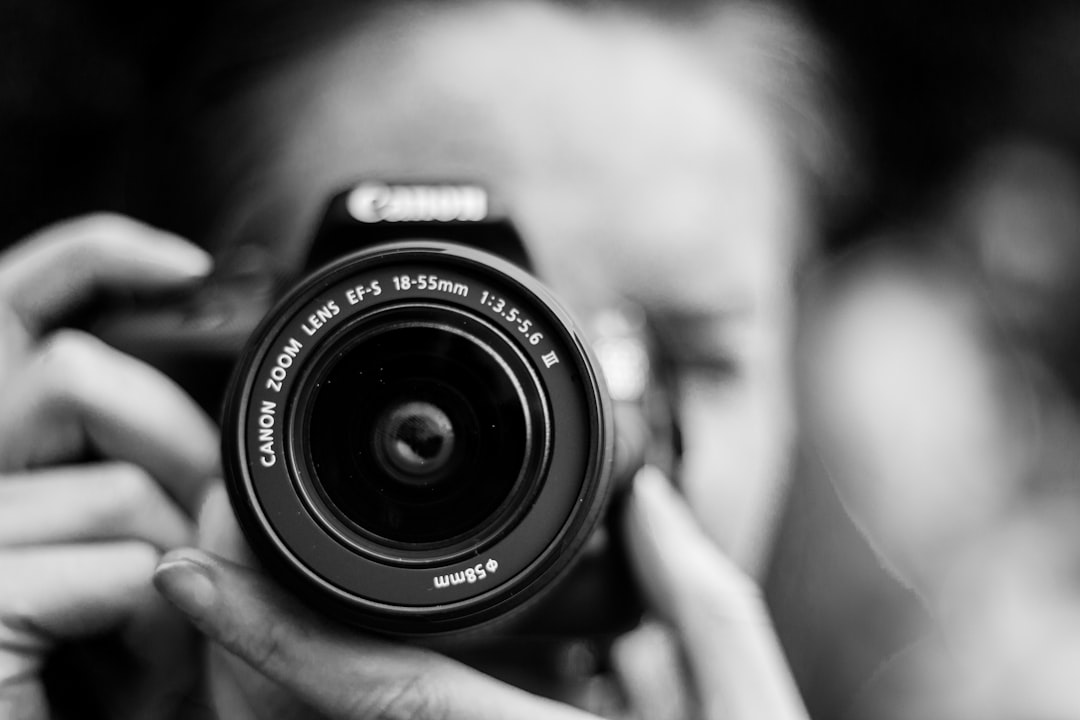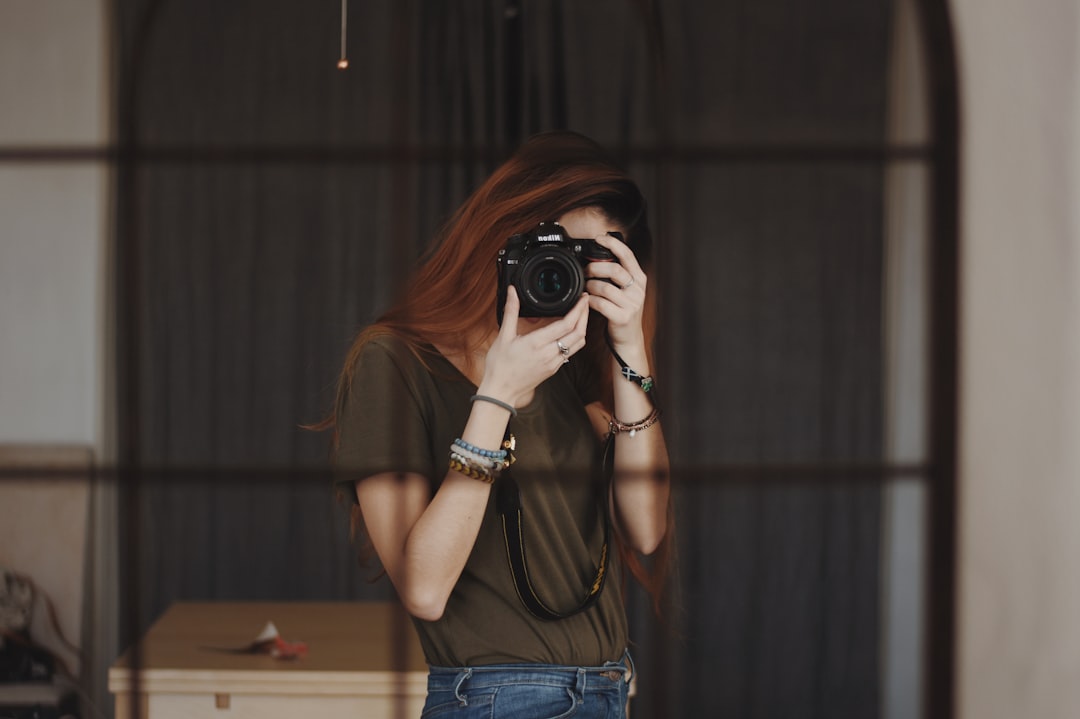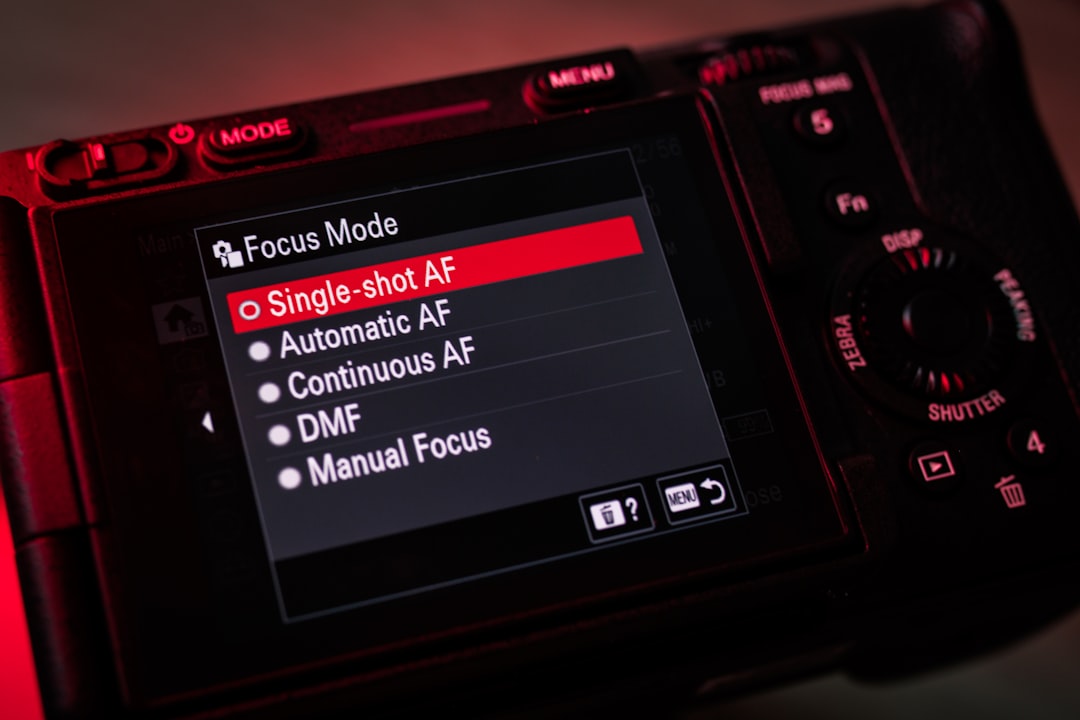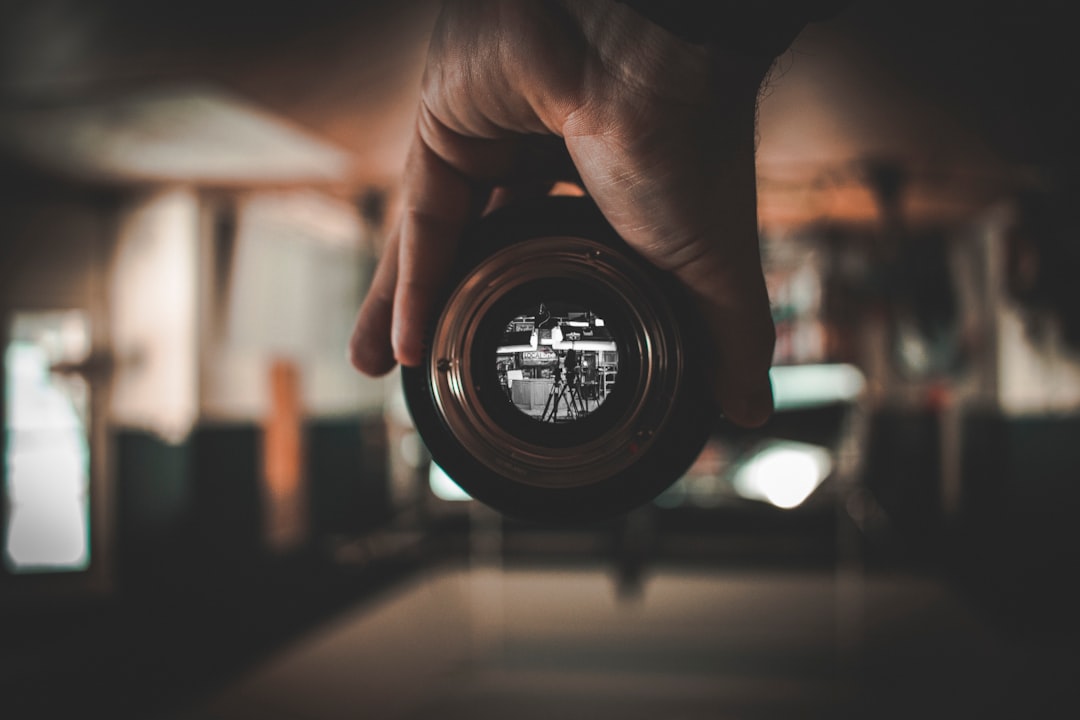From Luxury to Budget: Finding Your Perfect Photography Gear
Photography is an art that captures moments, but what about the tools that help create these memories? Whether you’re an aspiring photographer or a seasoned pro, choosing the right equipment can feel like navigating a labyrinth. Let’s explore the spectrum of photography gear, from luxurious options to budget-friendly alternatives, to help you find what best suits your needs. Imagine walking into a high-end photography store. You’re surrounded by lenses that sparkle like jewels, camera bodies that promise to transform your vision into reality, and tripods that could probably support a small car. For many, this is the dream—the allure of high-end gear that promises perfection in every shot. But is it necessary? Luxury photography equipment certainly has its place. For professional photographers whose livelihoods depend on impeccable image quality, investing in a top-tier camera body and lenses makes sense. These tools often offer better build quality, faster autofocus, higher resolution sensors, and superior performance in low light conditions. Brands like Leica, Hasselblad, and top-tier Nikon or Canon models are not just equipment; they are status symbols, statements of artistic seriousness and professional prowess. However, for hobbyists or those just starting, the high price tags associated with luxury equipment can be daunting. Enter the realm of budget-friendly photography gear. Here, innovation meets accessibility. Brands like Sony, Fujifilm, and entry-level Canon or Nikon offer fantastic cameras that provide excellent image quality at a fraction of the cost. Thanks to technological advancements, today’s budget cameras often include features once reserved for the high-end market, such as Wi-Fi connectivity, 4K video, and even mirrorless options. One of the most significant advantages of budget gear is that it allows you to grow. Starting with a more affordable setup gives you the flexibility to explore your interests and style without financial pressure. It’s easier to upgrade when you know precisely what features will enhance your work rather than investing in the latest and greatest only to realize half of its functions are unnecessary for your photography style. Let’s not forget the used and refurbished market, which can be a goldmine for photographers on a budget. Many professional photographers upgrade their gear regularly, meaning there’s a steady supply of gently used cameras and lenses. Websites like eBay, B&H Photo, and even local classifieds can offer excellent deals on equipment that might be slightly older but still highly capable. Ultimately, whether you choose luxury or budget-friendly photography gear depends on your needs, goals, and financial situation. Luxury gear might give you a slight edge in quality, but budget options provide an opportunity to experiment and learn without the stress of a hefty price tag. Remember, the most critical aspect of photography is the eye behind the lens. Even the most basic equipment can produce stunning images in the hands of a creative and skilled photographer. So, before making a purchase, consider what you need from your gear. Are you chasing the perfect landscape shot? Or perhaps you’re capturing candid moments in urban settings. Whatever your passion, there’s equipment out there that can help you achieve your vision without breaking the bank. After all, photography is not about the gear you have, but the stories you tell.
